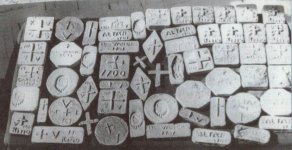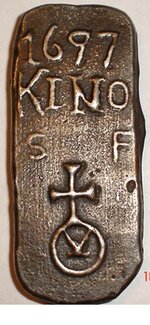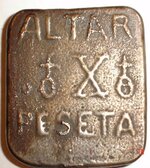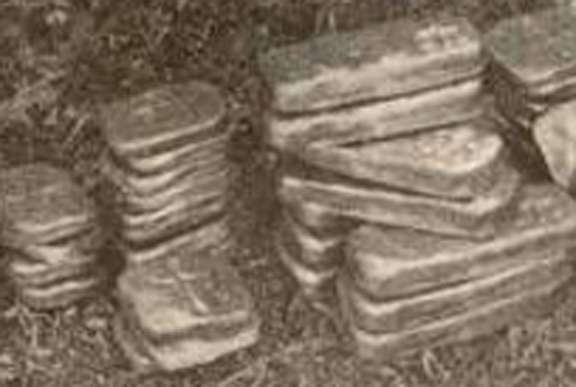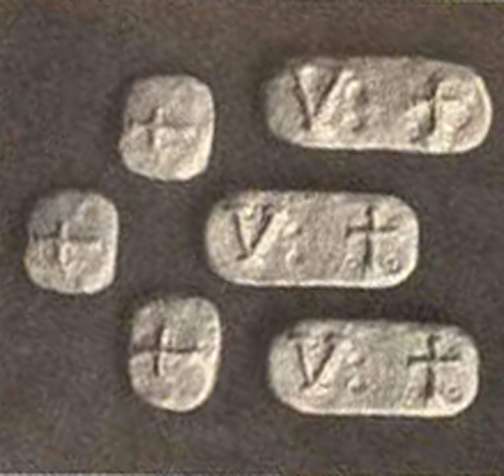Cubfan64
Silver Member
- Feb 13, 2006
- 2,986
- 2,789
- Detector(s) used
- Fisher CZ21, Teknetics T2 & Minelab Sovereign GT
- Primary Interest:
- All Treasure Hunting
Lamar knows his history, but he won't find much of an audience here.
With all due respect Joe, I don't believe that's true. I think there are a number of people here who are open to every possibility and are always eager to add to their knowledge base.
I for one hope Lamar sticks around.


 There was a few billion pounds of the stuff that we were going to use to make something special for the chiefs' wedding. I guess I should report this to the front office."
There was a few billion pounds of the stuff that we were going to use to make something special for the chiefs' wedding. I guess I should report this to the front office."


